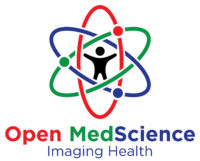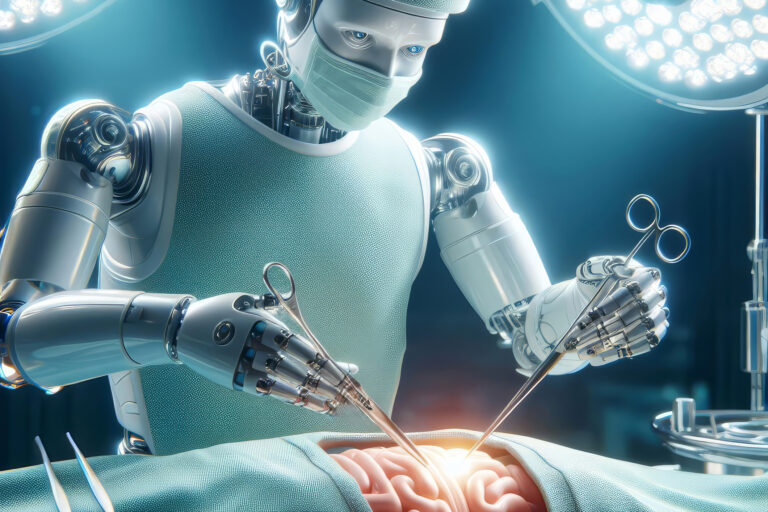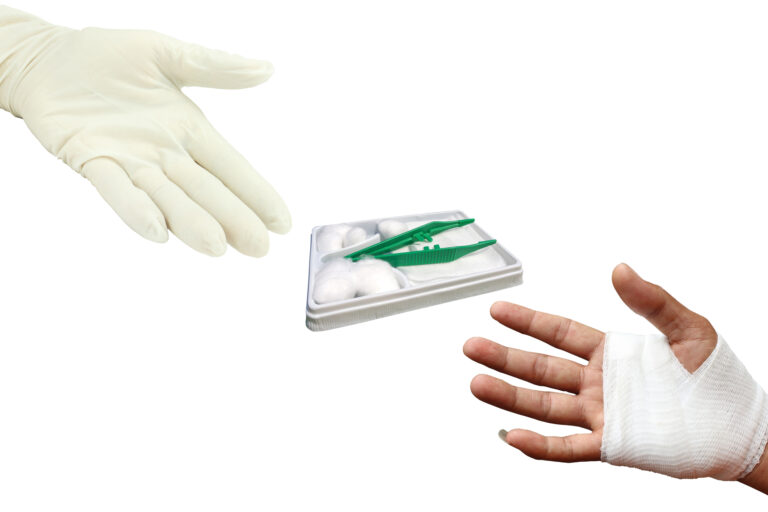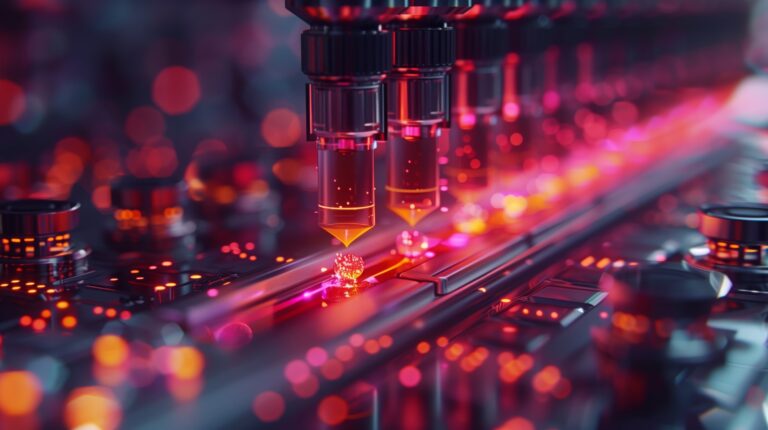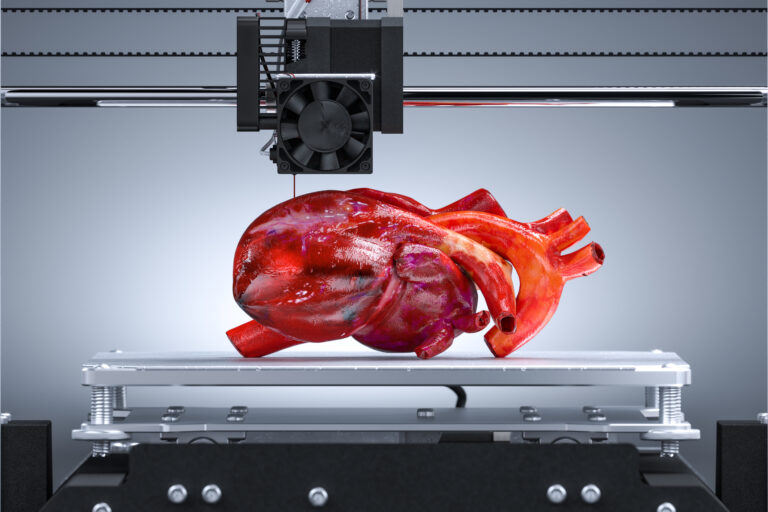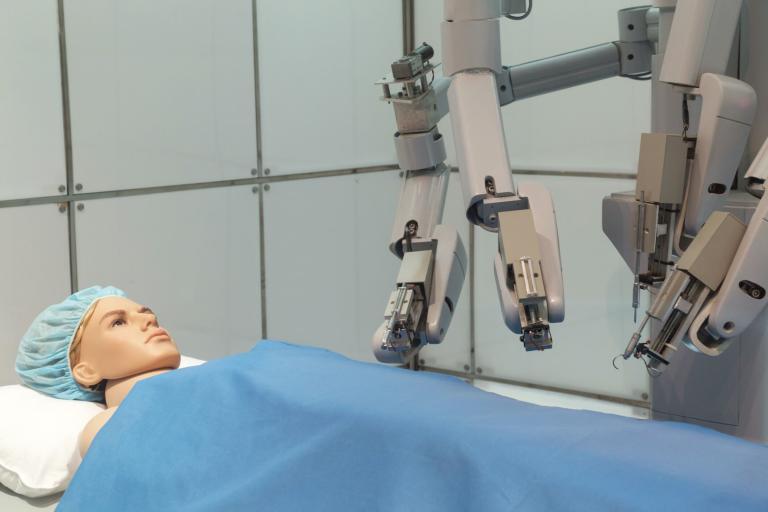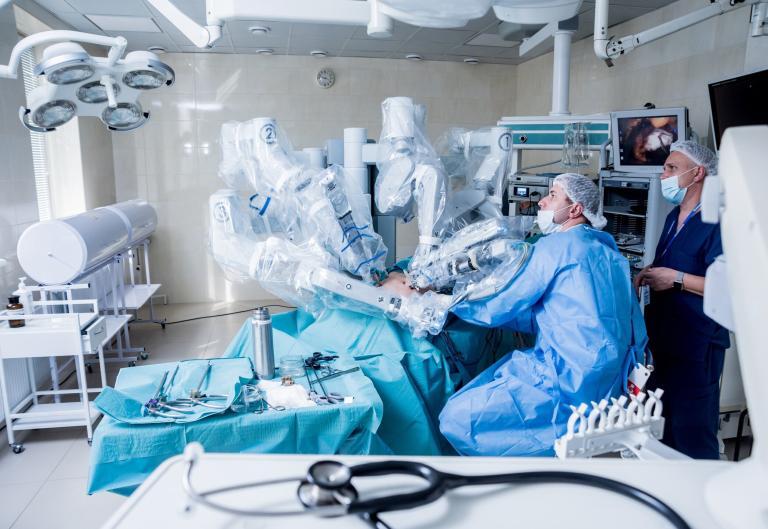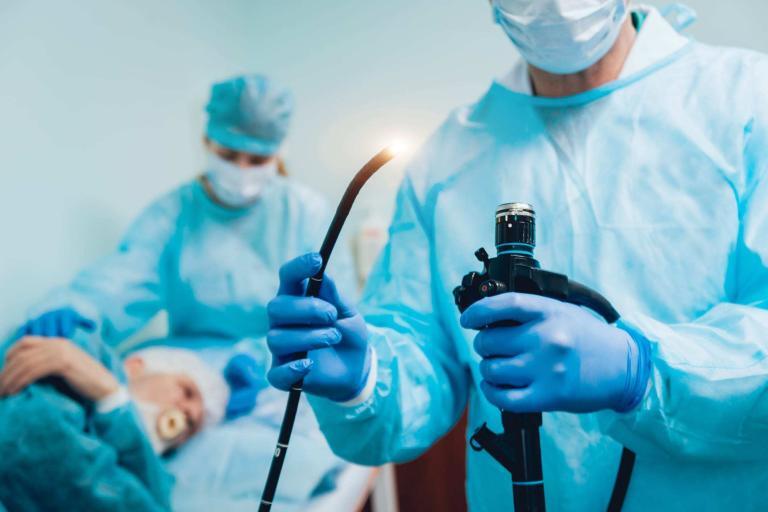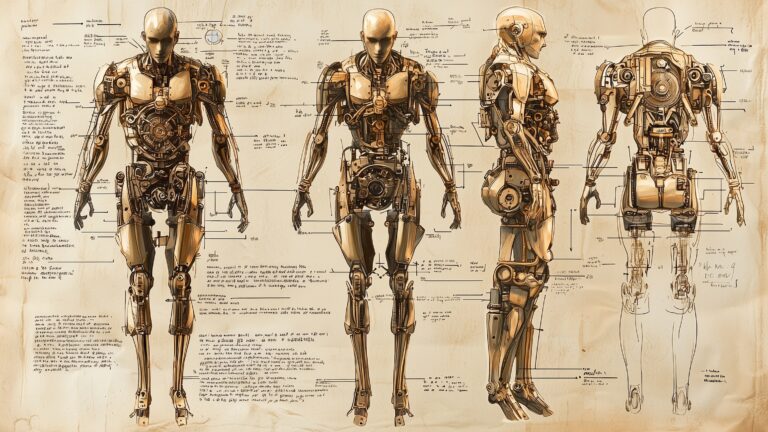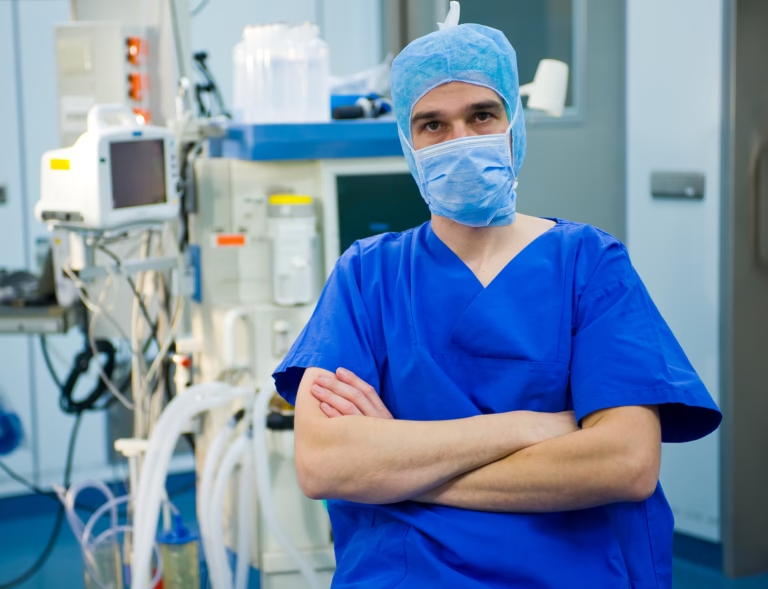Minimally Invasive Surgery
Minimally invasive or laparoscopic surgery is a surgical procedure that uses small incisions and specialised surgical instruments to access and operate on internal organs or tissues. Unlike traditional open surgery, which requires larger incisions and more invasive techniques, laparoscopic surgery is designed to minimise trauma to the body, reduce pain and scarring, and shorten recovery times.
During a minimally invasive surgery, a small camera known as a laparoscope is inserted through a small incision into the body. The laparoscope provides the surgeon with a detailed view of the internal organs on a video monitor, allowing them to visualise the area to be operated on. Specialised surgical instruments are then inserted through additional small incisions to perform the surgical procedure.
One of the main advantages of laparoscopic surgery is that it is less traumatic to the body than traditional open surgery. With smaller incisions, there is less blood loss, reduced pain, and faster healing times. Patients can often return to their normal activities sooner than with open surgery. Another benefit of minimally invasive surgery is that it allows for greater precision and accuracy during the surgical procedure.
For example, the laparoscope provides a high-resolution view of the area being operated on, allowing the surgeon to make more precise incisions and manipulate the surgical instruments more accurately. Minimally invasive surgery can perform various procedures, including gallbladder removal, hernia repair, and tumour or cyst removal. It is also commonly used in gynaecological surgeries such as hysterectomies and ovarian cyst removal.
While this surgery has many benefits, it is inappropriate for all patients or all surgical procedures. In some cases, open surgery may still be necessary to provide the best possible outcome for the patient. Additionally, minimally invasive surgery can be more technically challenging for the surgeon, requiring specialised training and experience.
You are here:
home » minimally invasive surgery
